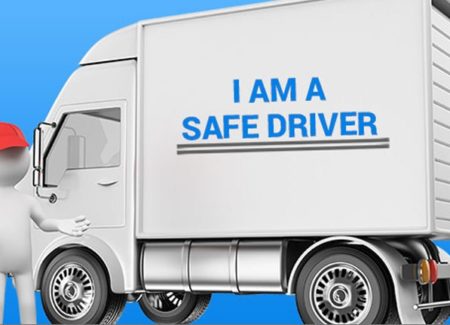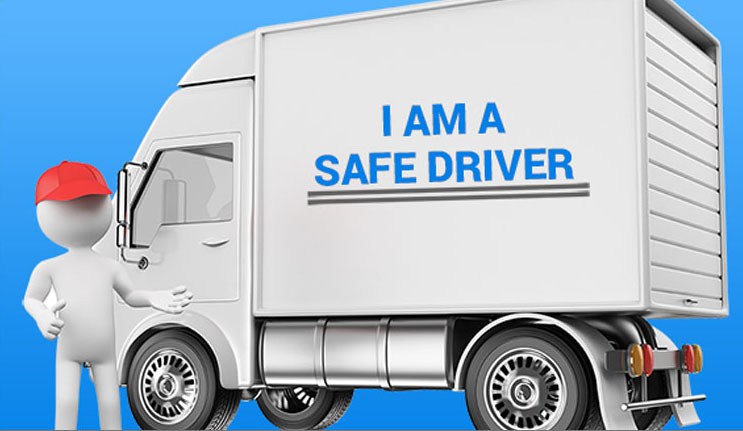
In terms of best practices, there are several things every Fleet Manager should consider implementing, regardless of the immediate challenge they may be facing. From excessive idling, to speeding or preventive maintenance and fuel consumption, there are five universal practices and procedures that can help every fleet improve safety while also increasing efficiency and lowering costs.
Below are the recommended five Universal Best Practices and Procedures:
STAKEHOLDERS ENGAGEMENT
All stakeholders (from senior leadership to local supervisors) should be engaged in the process of managing driver behaviour. To ensure success, senior leadership must support the initiative and communicate that support to everyone within the organization.
POLICY
It’s absolutely critical that an organization has a well-communicated policy in place that defines acceptable driving practices as well as standard driving performance expectations, and that drivers fully comprehend the organization’s policies.
TRAINING
New hires should receive on-boarding assessments and training. Existing drivers should receive regular driver training to keep safety fresh in their minds. Violators should receive remedial training to help them improve deficient skills.
MEASUREMENT AND SCORING
Organizations need to measure driving behaviour through regular checks on the vehicle records and real-time evaluation of the data provided by telematics. Drivers should be scored for their driving performance based on comprehensive data sources.
Whenever a driver exceeds the organization’s threshold for a given data parameter, the driver should be assigned points. Points should be tracked, aggregated, and categorized in order to identify high-risk drivers, as well as consistently safe drivers.
IMMEDIATE MANAGEMENT ACTION
When an event occurs, whether it is an accident, an infraction, a violation, or exceeding a set organization threshold, it is critical that action be taken immediately to improve the driver’s behaviour.
The action may include driver training, supervisor coaching, or ride-along observations, but it needs to be immediate in order to reinforce safe driving expectations.







